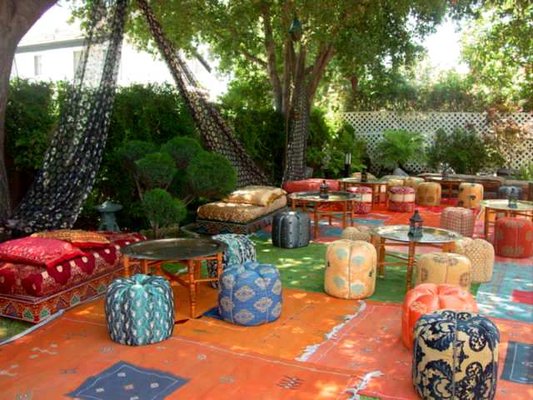The history of henna is a tough one. There are many conflicting stories about where the first henna was used. However as a plant it has been around for centuries in a variety of hot climes and continues to be used in both traditional Hindi and Muslim countries as well as in the west for a temporary alternative to a life-long permanent tattoo. Countries where henna can be found include India, Pakistan, Syria, Persia, Morocco, Egypt and Iran. The colour of the henna stain varies depending upon country of origin and the quality of plant there grown. The henna that we as a company sell originates from Rajastan India and gives a dark brown-red colour in contrast to many of the Arabian henna’s which have a far redder hue. The natural dyeing properties in henna are tannins.
Henna has a variety of names including Mehndi (Hindi), Hinna (Arabic) or Lawsonia Inermis (Latin). Other synonyms include henna, Mehandi, Mehndi, Al-Khanna, Al-henna, Jamaica Mignonette, Egyptian Privet and Smooth Lawsonia.
Henna is a small scrub with small, dark green scented leaves. The leaves are dried and ground down into a powder which is finely sieved two or more times through a fine nylon cloth. These filtering process results in removing the coarse fibres from the powder, making what is left finer and easier to use.
The art form of henna application varies from one religion to the next. These varying designs meaning different things to each culture, such as good health, fertility, wisdom and spiritual enlightenment. It spans different cultures and religious traditions, thus the wearer’s country of origin easily recognisable. Arabic henna designs are generally large, floral patterns on the hands and feet. Indian henna designs are made up of fine, thin lines for lacy, floral and paisley patterns covering entire hands, forearms, feet and shins. African henna patterns are bold, large geometric shapes, usually black. After the henna paste is removed Africans apply a blackish paste of ashes, ammonia compounds and other corrosives to get the henna stain to turn out blackish. This is poisonous and certainly not recommended, as there have been reported deaths from this procedure. We can only assume the reason they would go to these risky lengths is the natural colour of the henna stains, dark brown to dark orange, does not show up as well on very dark skin.
Henna has some exceptional qualities. Did you know that it has cooling properties, is a great conditioner and staining qualities? If you have ever died your hair with henna powder you would feel your scalp and head to be cold. In India in the summer the soles of feet are painted with henna to cool the sunbaked populous. Likewise when henna is applied to the skin as for a tattoo, again the skin feels cool.




.jpg)



No comments:
Post a Comment